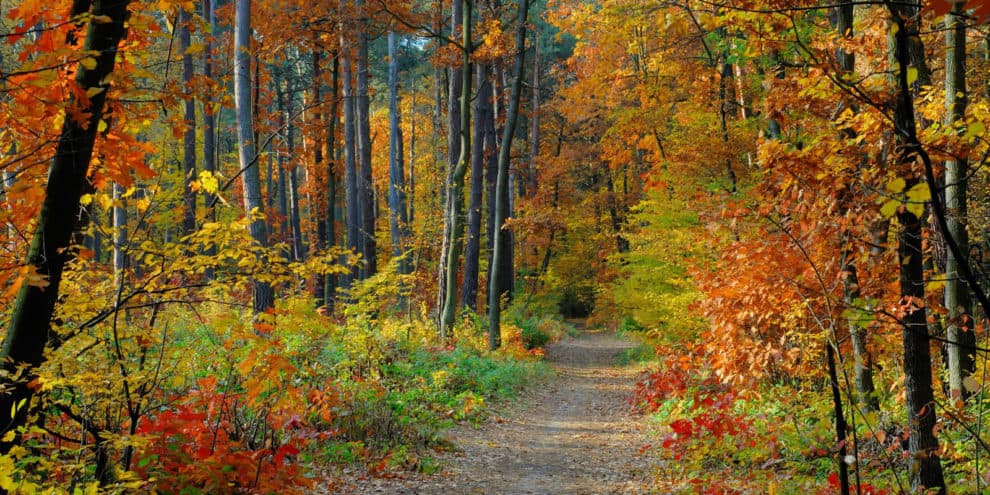When investing in timberland it can be difficult to accurately determine what a tract is worth. The value of residential real estate can be determined relatively easily based on the recent sales prices of similar properties in the area using the Comparable Sales Method. However, for timberland this isn’t always effective. Sometimes sales prices may be difficult to obtain or may not exist at all, forcing agents to look for sales at the county or regional level. In addition, it’s common for neighboring landowners to purchase tracts at inflated prices to increase their acreage, further muddling the process.
The Cost Valuation Method
With the Cost Valuation Method, the buyer will estimate the value of the individual assets of the property, including stumpage value of standing timber, to determine market value. Other assets to consider are mineral rights, carbon credits, mitigation credits and non-timber products such as pine straw, fruits or medicinal plants. The landowner should work with a land agent or consulting forester experienced in this method of timber appraisal and assessment.
Land (Soil) Expectation Value
Perhaps the trickiest method for determining land valuation is the Land or Soil Expectation Value (LEV). This value is defined as the present value of the projected costs and revenues of a series of even-aged timber rotations into the future. LEV assumes the best use for the land is timber production, and that the landowner’s goal is to maximize financial returns. LEV essentially answers the question: How much more should one pay for a property that yields $3,000/acre every 30 years compared to one that yields $2,000/acre every 30 years? A consulting forester can help you calculate LEV to determine these numbers.
Additional Income
Depending on the region and property type, timberlands can produce additional income through leases for hunting land, grazing, mineral leases, and government Conservation Reserve Programs. Non-timber forest products such as maple syrup, plants, nuts and mushrooms can also provide income, as can the thinning of smaller timber for biomass and pulp.
Whether you’re looking to diversify your investments and income streams or simply want to find the perfect wooded retreat to enjoy, timberland can be a solid investment. Be sure to consult with a forester or timberland expert to be sure you’re calculating the value of timberland correctly and getting the most for your money.
This content may not be used or reproduced in any manner whatsoever, in part or in whole, without written permission of LANDTHINK. Use of this content without permission is a violation of federal copyright law. The articles, posts, comments, opinions and information provided by LANDTHINK are for informational and research purposes only and DOES NOT substitute or coincide with the advice of an attorney, accountant, real estate broker or any other licensed real estate professional. LANDTHINK strongly advises visitors and readers to seek their own professional guidance and advice related to buying, investing in or selling real estate.










Add Comment